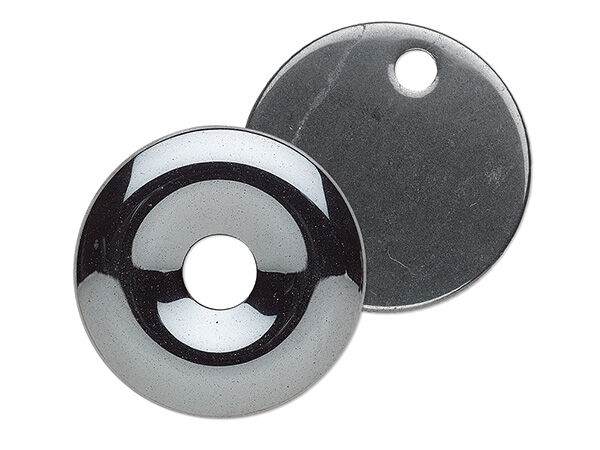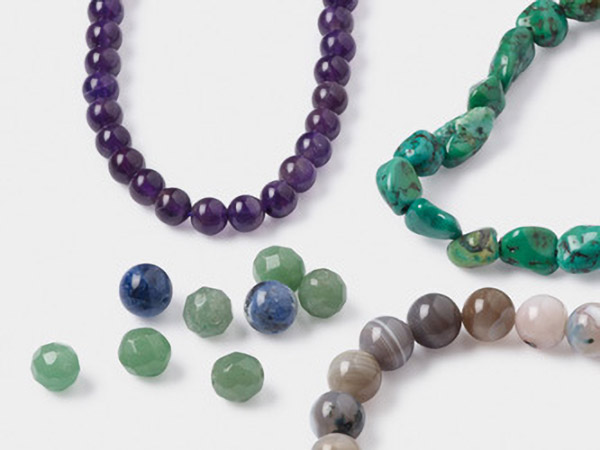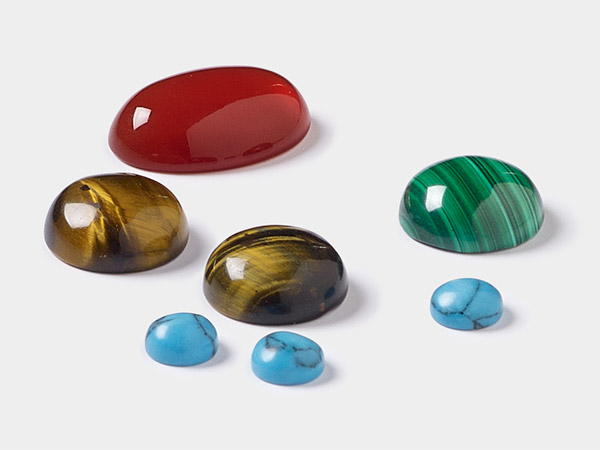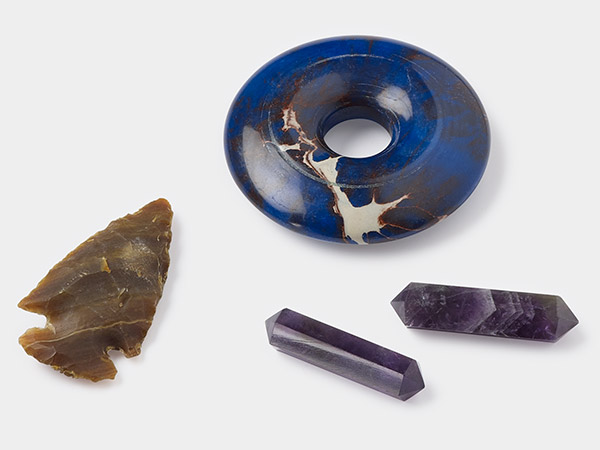Hematite OR Hemalyke™: Knowing the Differences
They're not identical twins, even if everyone assumes they are.
They're both a gorgeous metallic grey--popular in both men's and unisex jewelry styles--and are iron-based, with plenty of physical heft and visual impact.
But hematite and Hemalyke are not the same stone at all.
Hematite: Made by Planets
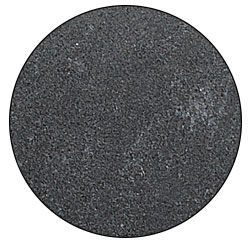
Hematite is a natural gemstone, an iron oxide that is harder than iron but also more brittle. The expense of transforming natural hematite into gemstones varies; some forms are quite accessible while others, especially high-grade jewelry-quality hematite, can be costly due to the difficulty of processing.
While it appears dark metallic grey as a large stone, hematite in its powdered form is a blood-red color, historically utilized as a natural pigment for dyeing and painting before modern synthetic colorants were created.
Like peridot, natural hematite is an interplanetary gemstone, found both on Earth and on the surface of Mars, serving as a clue to the Red Planet's potentially watery past. Depending on whether it was precipitated from water or volcanic activity, hematite's crystalline structure reveals different formation methods, observable under a microscope.
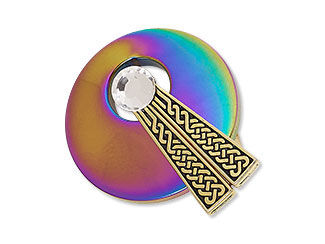
Natural hematite does exhibit weak magnetism, but strong magnetism in the stone usually results from a complex process of heating and cooling while attached to a powerful magnet.
Regrettably, some sellers unknowingly misrepresent imitation materials as natural hematite, inadvertently misleading consumers about the true nature of the stone they are purchasing.
Hemalyke: Made by People
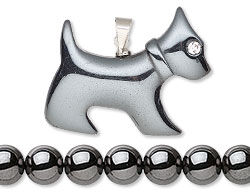
Hemalyke is a brand name for hematine, a synthetic material crafted to resemble hematite. Hematine, also known colloquially as hemalike (note the subtle spelling difference), can be easily formed into blocks, then cut into popular shapes or directly molded into complex pendants.
The majority of what is marketed as "magnetic hematite" is, in fact, magnetic hematine or Hemalyke. To avoid confusion when purchasing "genuine hematite," it's advised to have the stone verified by a professional; a strong magnetic response typically indicates a man-made material, despite what the seller may claim. And be cautious of deals that seem too good to be true—they likely are.
Hematine or Hemalyke® materials are often enhanced with a rainbow-colored, titanium-based electroplated finish that adds a stunning play of color. Both the gunmetal black-grey and the rainbow finish of Hemalyke® are excellent in edgy and futuristic jewelry designs.
Perceived Healing Properties
Natural hematite is the only one of the two materials deemed effective by proponents of crystal healing, so having the natural material can make a difference to practitioners.
Although a man-made stone may not carry all the metaphysical values of its natural equivalent, magnetic Hemalyke has its own sought-after properties in magno-therapy. Practitioners of magnetic healing believe that magnets placed close to the body can have physical effects: promoting blood flow, relieving pain, increasing joint flexibility and other beneficial soft tissue effects. Other proponents of magnetic therapies use them for rebalancing bodily energies to promote holistic health.
Shop for Your Materials Here:
Have a question regarding this project? Email Customer Service.
Copyright Permissions
All works of authorship (articles, videos, tutorials and other creative works) are from the Fire Mountain Gems and Beads® Collection, and permission to copy is granted for non-commercial educational purposes only. All other reproduction requires written permission. For more information, please email copyrightpermission@firemtn.com.
**Please note that all metaphysical or healing properties listed are collected from various sources. This information is offered as a service and not meant to treat medical conditions. Fire Mountain Gems and Beads® does not guarantee the validity of any of these statements.
